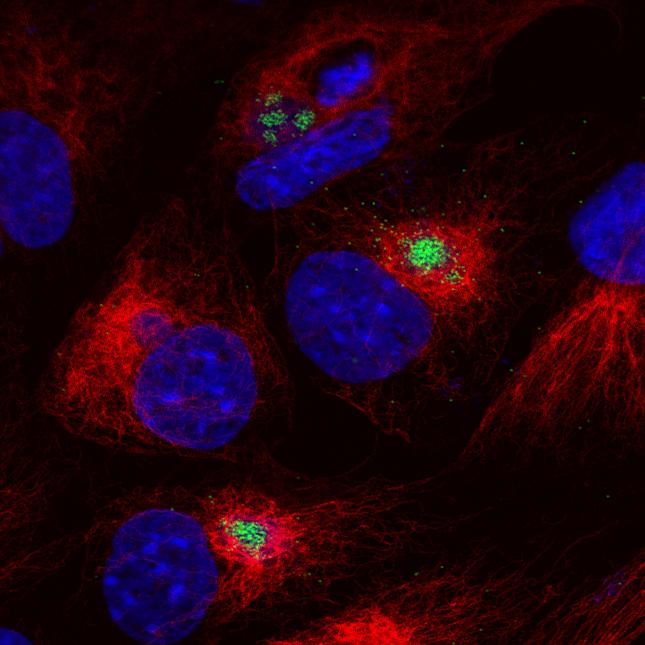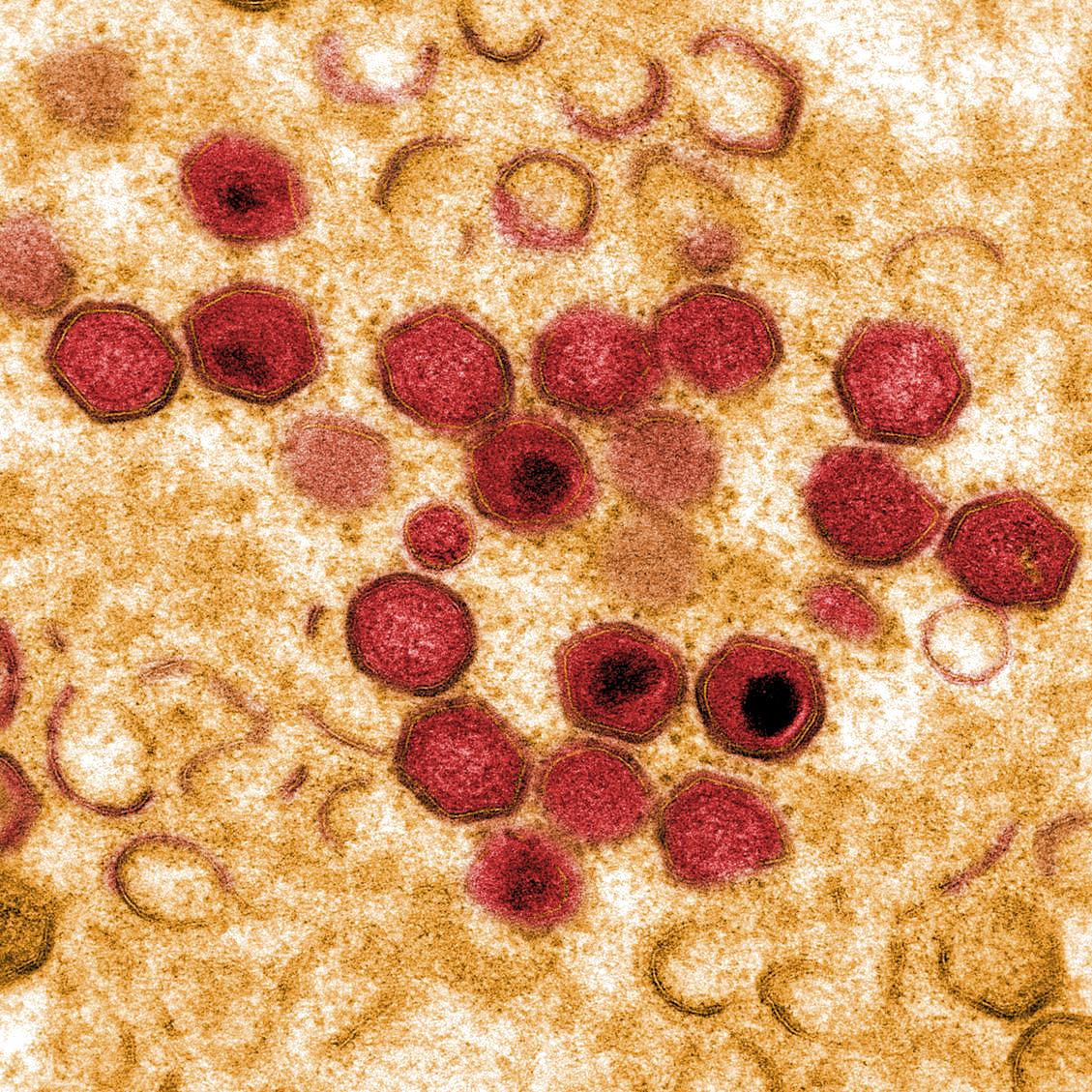Full genome sequence analysis of African swine fever virus isolates from Cameroon
African swine fever (ASF) is a devastating disease of domestic pigs that has spread across the globe since its introduction into Georgia in 2007. The etiological agent is a large double-stranded DNA virus with a genome of 170 to 180 kb in length depending on the isolate. Much of the differences in genome length between isolates are due to variations in the copy number of five different multigene families that are encoded in repetitive regions that are towards the termini of the covalently closed ends of the genome. Molecular epidemiology of African swine fever virus (ASFV) is primarily based on Sanger sequencing of a few conserved and variable regions, but due to the stability of the dsDNA genome changes in the variable regions occur relatively slowly. Observations in Europe and Asia have shown that changes in other genetic loci can occur and that this could be useful in molecular tracking. ASFV has been circulating in Western Africa for at least forty years. It is therefore reasonable to assume that changes may have accumulated in regions of the genome other than the standard targets over the years. At present only one full genome sequence is available for an isolate from Western Africa, that of a highly virulent isolate collected from Benin during an outbreak in 1997. In Cameroon, ASFV was first reported in 1981 and outbreaks have been reported to the present day and is considered endemic. Here we report three full genome sequences from Cameroon isolates of 1982, 1994 and 2018 outbreaks and identify novel single nucleotide polymorphisms and insertion-deletions that may prove useful for molecular epidemiology studies in Western Africa and beyond.


